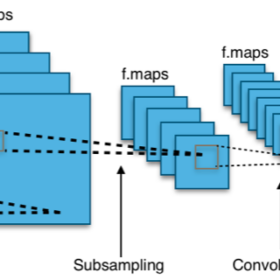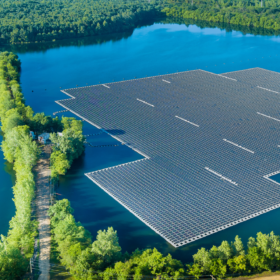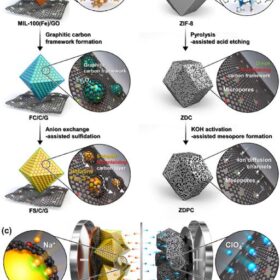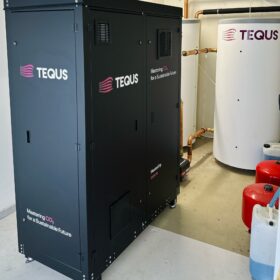First silicon solar cell celebrates 70th birthday
On April 25, 1954, US researchers presented the first prototype of a usable solar module. The efficiency at that time was around 6%. A lot has happened since then.
PV module fault detection technique based on convolutional neural network
An international research team has used the convolutional neural network (CNN) deep learning algorithm to identify faults in solar panels. Its work showed the proposed technique has a high degree of accuracy, especially if combined with transfer learning models.
Reducing photovoltaic-thermal module temperature with iron, copper oxide
An international research team has proposed using iron oxide and copper oxide to lower photovoltaic-thermal (PVT) solar module temperature. Their analysis showed that the two compounds were able to lower the panels’ operating temperature by 23.49% and 34.58% respectively.
Chemitek offers new cleaning products for floating PV
Chemitek has developed new cleaning products for floating PV arrays. The Portuguese company says it has tested and confirmed them to be safe for animals and vegetation around such systems.
Sodium-ion battery could charge in several seconds
Researchers at the Korea Advanced Institute of Science and Technology (KAIST) have identified a high-energy, high-power hybrid sodium-ion battery capable of charging in just a few seconds. The system integrates anode materials typically used in batteries with cathodes suitable for supercapacitors.
Indian startup develops sand-based gravity energy storage system
Baud Resources, a clean-tech startup, has developed a gravity energy storage mechanism that uses locally available materials such as sand and industrial waste as its payload. The company is building a 100 MWh pilot plant that will reportedly offer a levelized cost of storage of around INR 2.5 ($0.03)/kWh.
Norwegian startup unveils CO2 water-to-water heat pump
Tequs said its new plug-and-play heat pump can deliver up to 90 C of heat for space heating, air conditioning, and domestic hot water. The new product is available in eight versions with capacity ranging from 17 kW to 268 kW.
Huasun presents ‘zero busbar’ heterojunction solar modules with 23.8% efficiency
The Chinese manufacturer launched two new module series for utility scale applications. The new products feature a temperature coefficient of -0.24% per C and a bifaciality factor of over 85%.
Solarge plans 500 MW BIPV module factory
Dutch module manufacturer Solarge has raised €3 million venture capital from new and existing investors to expand its recently opened facility where it produces lightweight, low carbon, panels for commercial and industrial rooftops.
South Korea offers support for agrivoltaics
The South Korean government has announced a new package of measures to support agrivoltaic projects. It says that the agrivoltaics business should be a priority for agricultural companies.










